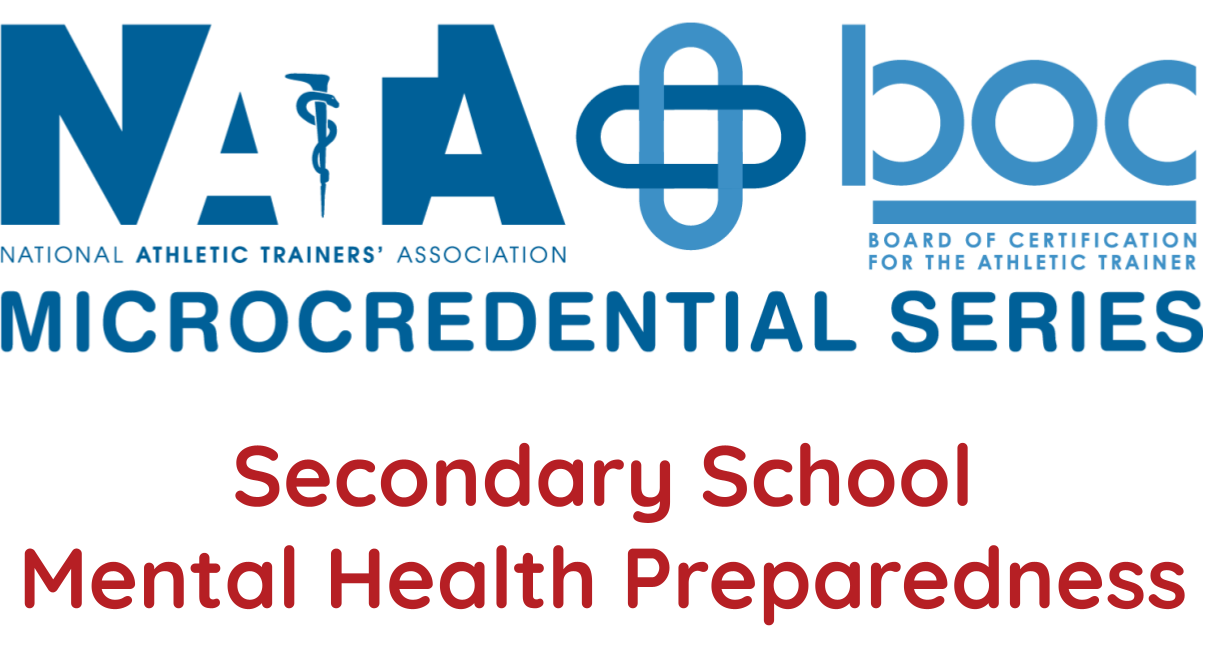
Adam Annaccone EdD, ATC, CES
Dr. Adam Annaccone joined the UT Arlington Athletic Training Program faculty as an Assistant Clinical Professor in January 2020 and directs the program's Standardized Patient Lab.
For over 18 years, he has worked in educational and clinical settings, serving as a Licensed Athletic Trainer, a Corrective Exercise Specialist and a Performance Enhancement Specialist. Additionally, he has extensive experience working as an independent contractor for several professional athletes, providing movement assessments and targeted neuromuscular manual therapy and corrective/performance exercise programs. In December, 2020, he was named to the Scientific Advisor Board for the National Academy of Sports Medicine. In 2018, he served as a consultant for the newly formed Sports Therapy Academic Program at Ono Academic College in Tel Aviv, Israel. Prior to moving to Texas in 2016, Dr. Annaccone spent three seasons with the NBA Phoenix Suns organization on their highly regarded sports medicine staff, serving as Performance & Recovery Specialist/ Assistant Athletic Trainer.
As a distinguished presenter, he has provided over 60 presentations, both nationally and internationally. In 2018 he served as Keynote Presenter for the first Sports Therapy Conference in Tel Aviv, Israel.
He is an active member of the profession of athletic training, serving on various local, regional and national athletic training committees; most recently as District 6 Representative for Texas and Arkansas for the NATA Government Affairs Committee, a member of the District 6 ATs Care Team and the Chair of the Task Force for Sports Science, Health and Data Analytics for the NATA. In 2013, he was recognized by the National Athletic Trainers’ Association (NATA) with the NATA Young Professionals’ Committee National Distinction Award.
He received his doctoral degree from Indiana University of PA in 2017 in Administration and Leadership Studies, a Master’s degree from Clarion University in 2006 and completed his Bachelor of Science degree in Athletic Training at Duquesne University in Pittsburgh, PA.

